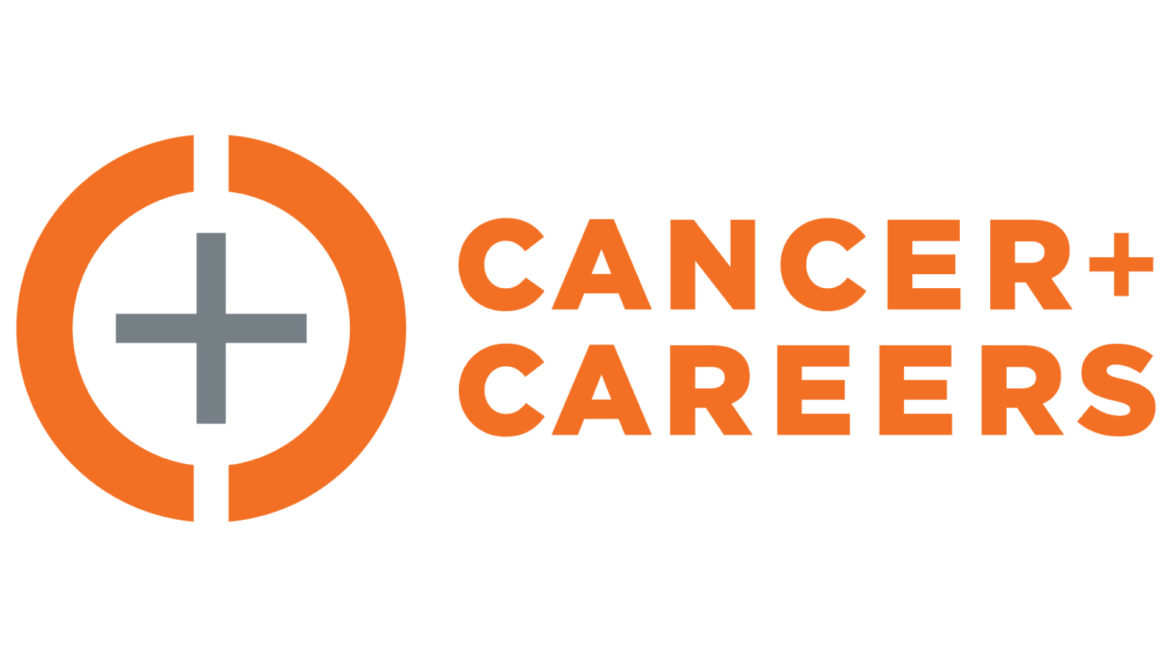5 Things You Need To Know About Disability CDRs

For many claimants, receiving approval for Social Security Disability Insurance (SSDI) benefits can feel like light at the end of a tunnel. The application process is often complex and lengthy, especially without the help of a skilled disability benefits specialist.
Individuals may benefit from having Allsup expert representation, which increases the likelihood of receiving Social Security disability benefits by 50%. It’s equally important to understand the role of CDRs and how they can impact your disability benefits.
- The Social Security Administration (SSA) conducts two types of CDRs.
A CDR can be a work review or a medical review for Social Security Disability Insurance beneficiaries.
With a work review, SSA determines whether the SSDI beneficiary is earning more than substantial gainful activity (SGA). The dollar amount in 2020 was $1,260 per month for non-blind recipients and $2,110 per month for blind recipients.
A medical review helps SSA determine if an individual has experienced medical improvement and no longer qualifies to receive disability benefits.
- The timeframe for disability CDRs varies by person.
Social Security determines the timing for CDRs, which generally depends on each individual’s medical history. The frequency of medical CDRs is usually based on the severity of a person’s illness or injury. For instance, some CDRs happen within 1-2 years of approval, while other SSDI beneficiaries may have 3 years or longer before they experience a CDR.
- Failure to respond to SSA’s letter and questionnaire can result in discontinuation of benefits.
You may receive a Disability Update Report questionnaire instead of a notice that you will undergo full medical review. This questionnaire is a self-evaluation that details whether your health status has improved, in addition to receiving any recent medical care, employment, or training activity. Reporting improvement or work activity can result in a full medical review administered by the SSA, as does failure to complete and return the questionnaire. The CDR is unlikely to happen if you report no improvement in your condition or no work activity.
- Enrollment in the Ticket to Work Program helps to prevent against disability Continuing Disability Reviews (CDR).
One way to receive protection from a CDR is to participate in the Ticket to Work program. Individuals enrolled in this program receive several incentives and protections while they attempt to work again. If you’re unable to stay employed due to your disability, it’s also possible to restart your SSDI benefits without reapplying through expedited reinstatement.
- You can appeal if your disability benefits are ceased from a CDR.
Individuals can file an appeal within 60 days of their benefits being discontinued by the SSA. The appeal typically involves a face-to-face hearing with a disability hearing officer after completing a Request for Reconsideration form.
Consider getting CDR protection if you want to return to work. Visit Allsup Employment Services online or call (866) 540-5105 to learn more and receive free return to work assistance.
Allsup
Related Articles

Disability
Lupus Awareness Month: Making Lupus Visible

Disability
Navigating Work After Cancer: Free Cancer and Careers Events

Disability
Consistency & Community Matters: Brain Injury Awareness Month

